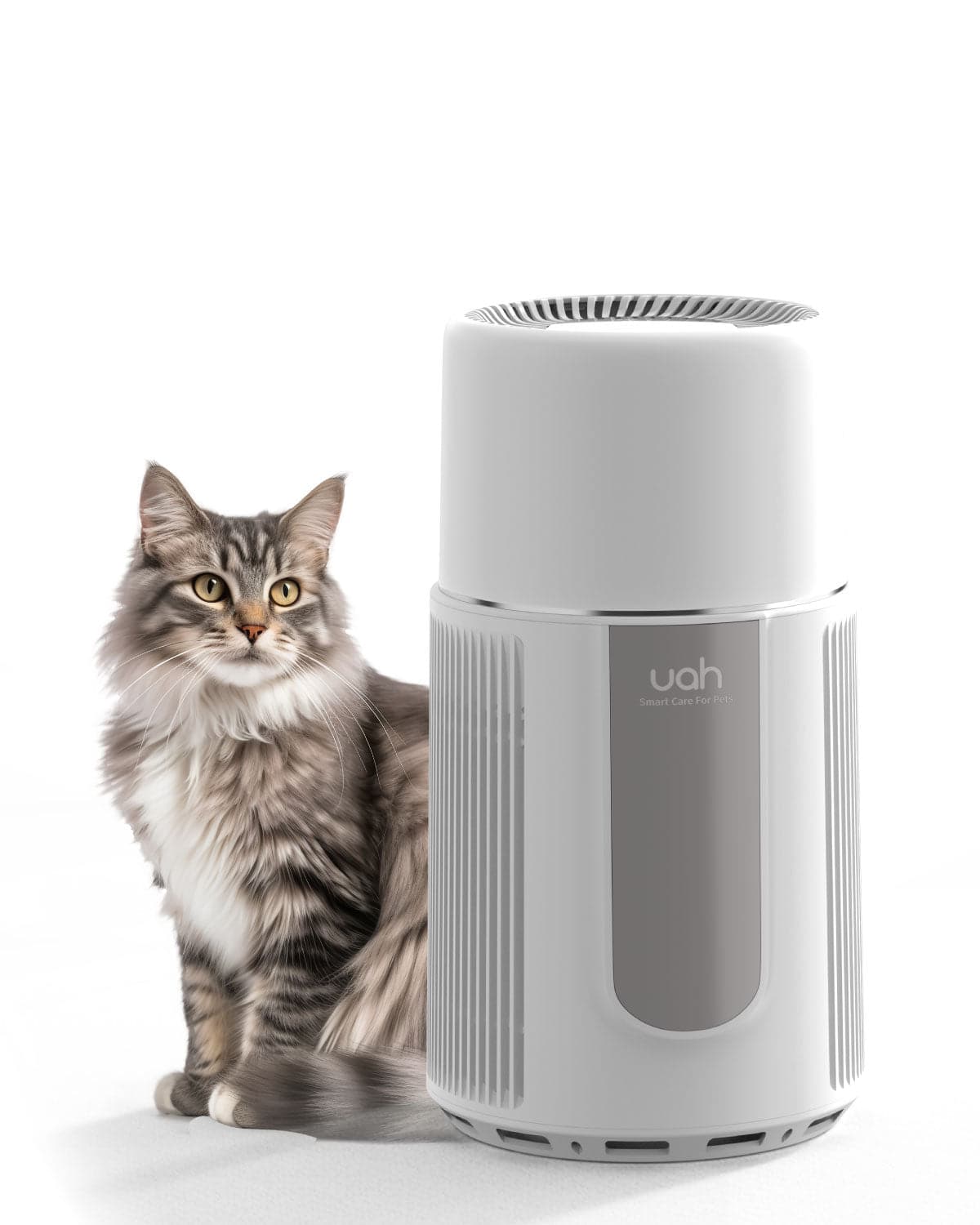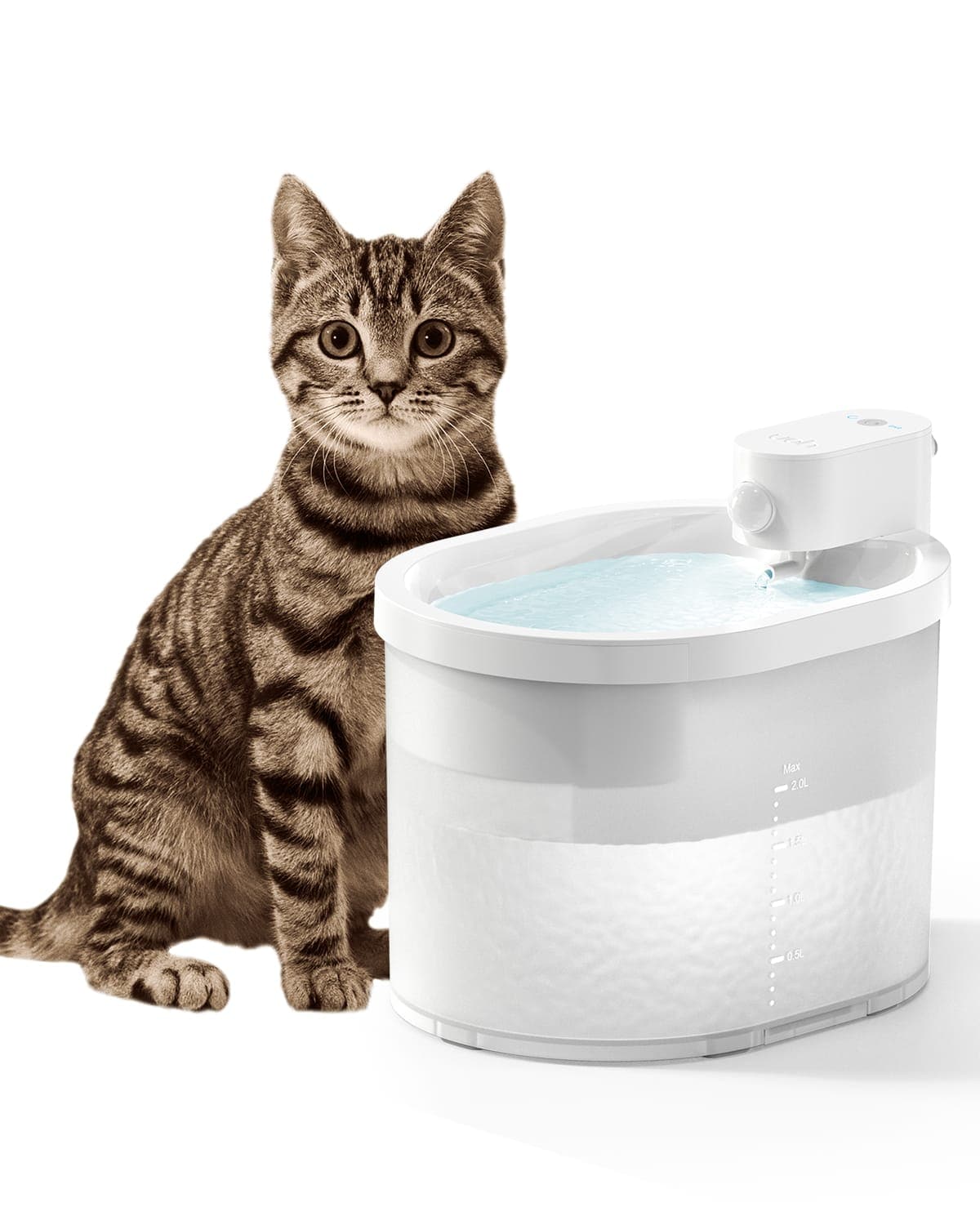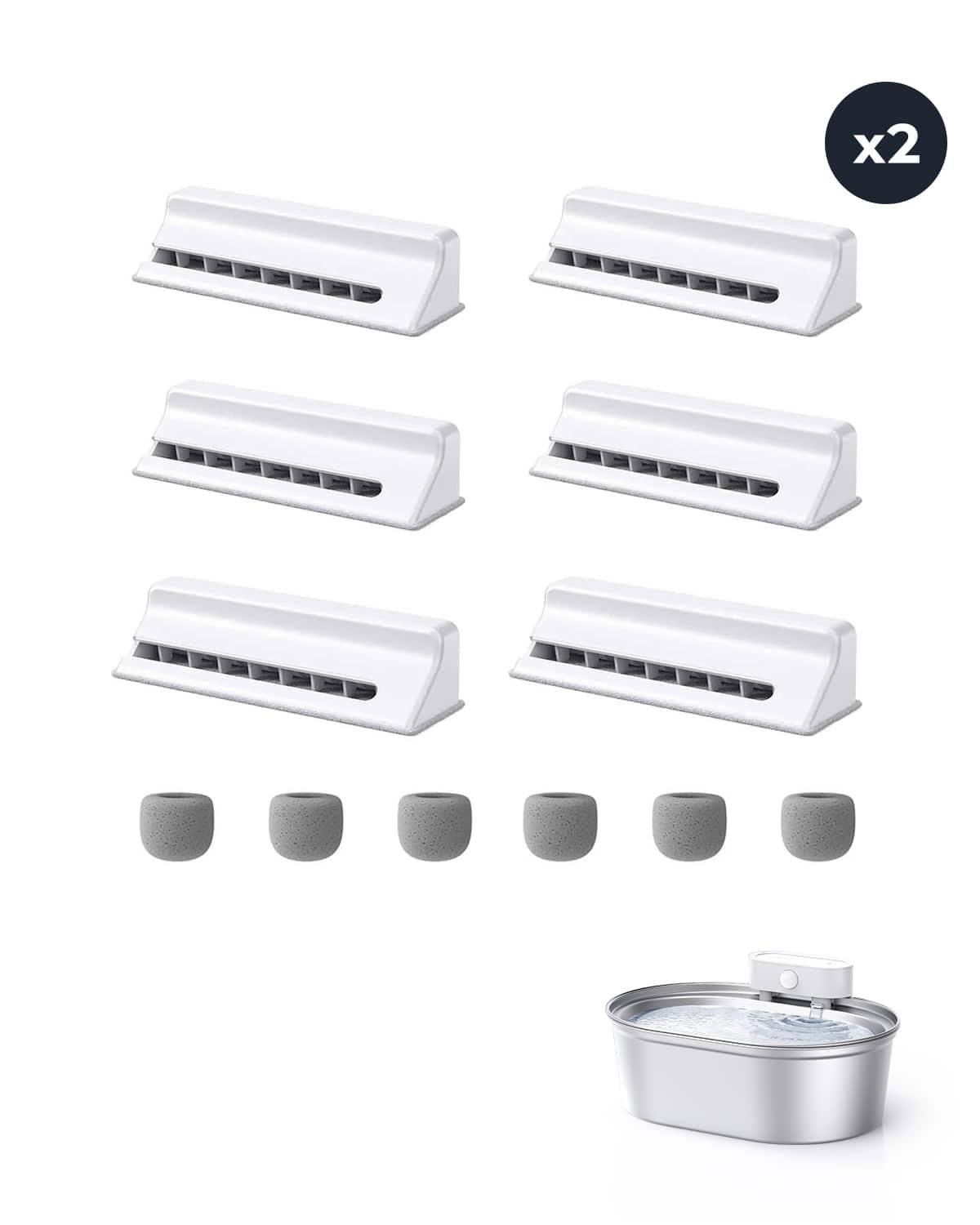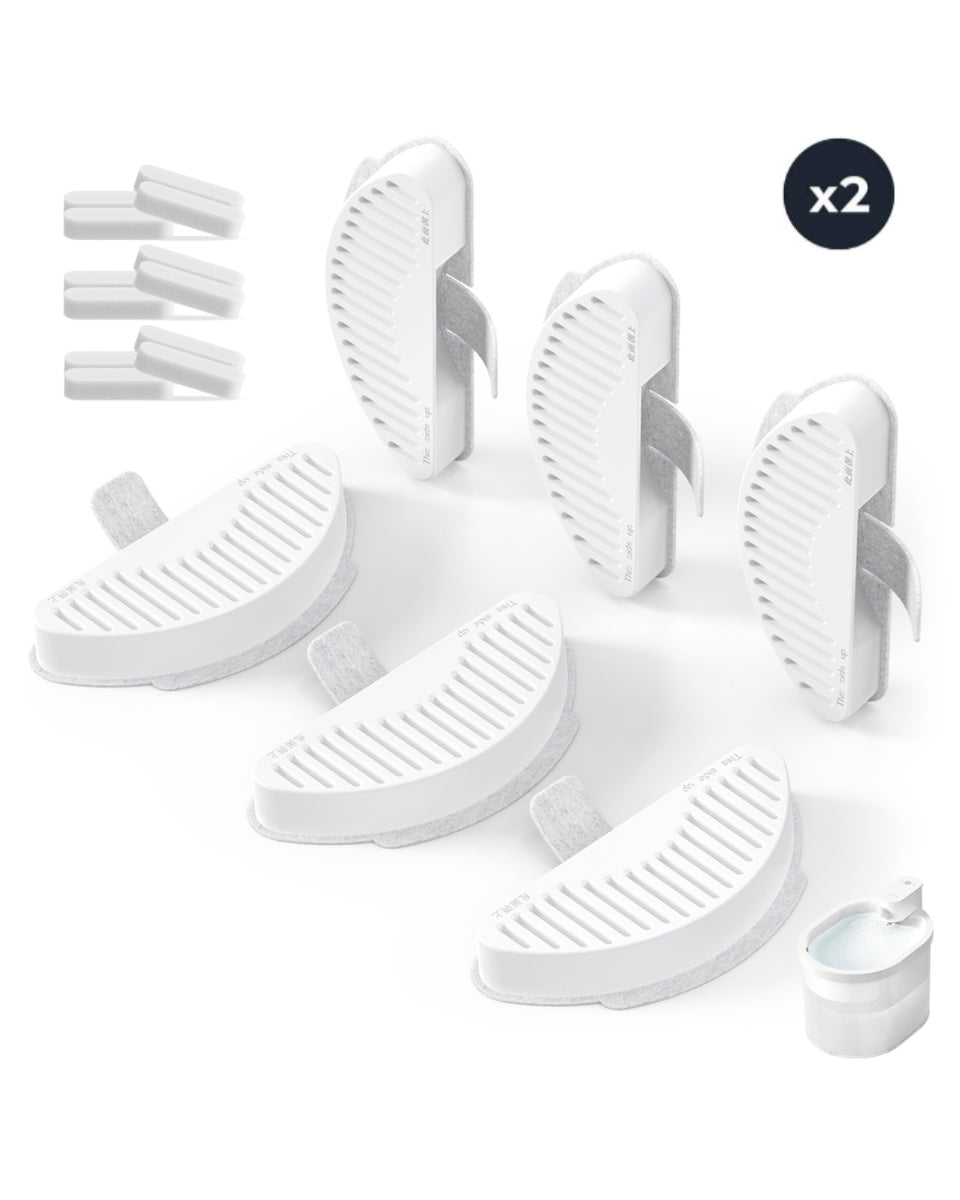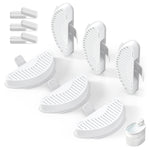Introduction
As responsible pet owners, it's essential to understand the importance of keeping our feline companions properly hydrated. Dehydration in cats can lead to serious health issues, and it's crucial to recognize the signs and take preventive measures to ensure their well-being. In this article, we will discuss the common signs of cat dehydration and explore various ways to prevent it, including the use of wireless cat water fountains.
Understanding Cat Dehydration
Dehydration occurs when a cat's body lacks the necessary fluids to function optimally. Water is vital for the proper functioning of all body systems in cats, just as it is in humans. When a cat becomes dehydrated, it can have serious consequences on their overall health.
Common causes of cat dehydration can include insufficient water intake, hot weather, vomiting, diarrhea, or underlying medical conditions. Cats may also be more prone to dehydration if they have urinary tract issues or are on medications that increase fluid loss.
Recognizing the Signs of Cat Dehydration
It's important for cat owners to be able to identify the signs of dehydration in their furry friends. By recognizing these signs early on, prompt action can be taken to prevent further complications. Here are some common indicators of cat dehydration:
- Lethargy and decreased appetite: A dehydrated cat may appear tired and less active. They may also show a decreased interest in food or refuse to eat altogether.
- Dry gums and sunken eyes: When a cat is dehydrated, their gums may become dry or sticky. Sunken eyes are another visual sign that indicates dehydration.
- Decreased skin elasticity: Gently lift the skin on the back of your cat's neck. In a hydrated cat, the skin will quickly return to its normal position. However, in a dehydrated cat, the skin will take longer to fall back into place.
- Changes in litter box habits: Monitoring your cat's litter box habits is crucial. A dehydrated cat may have concentrated urine or may urinate less frequently.
Preventing Cat Dehydration
Prevention is key when it comes to cat dehydration. Here are some effective strategies to keep your furry friend properly hydrated:
- Providing fresh water at all times: Ensure that your cat has access to fresh, clean water throughout the day. Regularly refill the water bowl to maintain freshness.
- Choosing a wireless cat water fountain: Cats are often attracted to moving water. Investing in a wireless cat water fountain can encourage them to drink more. The continuous flow of water is not only appealing to cats but also helps to keep the water oxygenated and fresh.
- Encouraging water consumption through wet food: Wet cat food contains a higher water content compared to dry kibble. Adding wet food to your cat's diet can help increase their overall water intake.
- Monitoring your cat's water intake: Keep an eye on how much water your cat drinks daily. If you notice a significant decrease, it may indicate a potential health issue that requires veterinary attention.
Promoting Hydration in Cats
In addition to the preventive measures mentioned earlier, there are a few more strategies you can employ to promote hydration in your cat:
- Placing water sources strategically: Position water bowls in multiple locations throughout your home. This ensures that your cat can easily find water wherever they are.
- Adding flavor to water: Some cats may find plain water unappealing. You can try adding a small amount of tuna juice or low-sodium chicken broth to make the water more enticing.
- Using interactive cat toys for hydration: Incorporate interactive toys that dispense water as your cat plays with them. This not only provides mental stimulation but also encourages hydration.
- Regular grooming to prevent overheating: Cats can become dehydrated due to excessive heat. Regular grooming, especially during hot weather, helps to prevent overheating and aids in maintaining optimal hydration levels.
Seeking Veterinary Care
If you suspect that your cat is dehydrated or notice persistent signs, it's crucial to consult a veterinarian. They can provide a proper diagnosis and recommend appropriate treatment options. Regular veterinary check-ups are also important to ensure your cat's overall health and well-being.
Conclusion
Recognizing and preventing cat dehydration is vital for maintaining the health and happiness of our feline companions. By being aware of the signs of dehydration and implementing preventive measures such as providing fresh water, using wireless cat water fountains, and promoting hydration through wet food, we can significantly reduce the risk of dehydration-related health issues in cats.
Remember, the well-being of our furry friends is in our hands. By prioritizing their hydration needs, we can ensure that they lead long and healthy lives.
Frequently Asked Questions (FAQs)
- Q: How much water should my cat drink in a day?
A: On average, a cat should drink around 60-80 milliliters of water per kilogram of body weight. However, this can vary depending on factors such as age, activity level, and diet.
- Q: Can I use a regular water bowl instead of a cat water fountain?
A: Yes, a regular water bowl can also be used. However, some cats are more attracted to moving water, which makes a cat water fountain a great option to encourage hydration.
- Q: Are there any medical conditions that increase the risk of cat dehydration?
A: Yes, certain medical conditions such as kidney disease, diabetes, and gastrointestinal issues can increase the risk of dehydration in cats. It's important to monitor water intake and seek veterinary care if necessary.
- Q: How can I encourage my cat to drink more water?
A: You can try adding flavor to the water, using interactive toys that dispense water, or incorporating wet food into their diet. Some cats may also prefer drinking from a wide, shallow bowl.
- Q: What are the long-term effects of dehydration in cats?
A: Long-term dehydration can lead to serious health issues such as kidney damage, urinary tract problems, and organ failure. It's essential to address dehydration promptly to prevent these complications.



